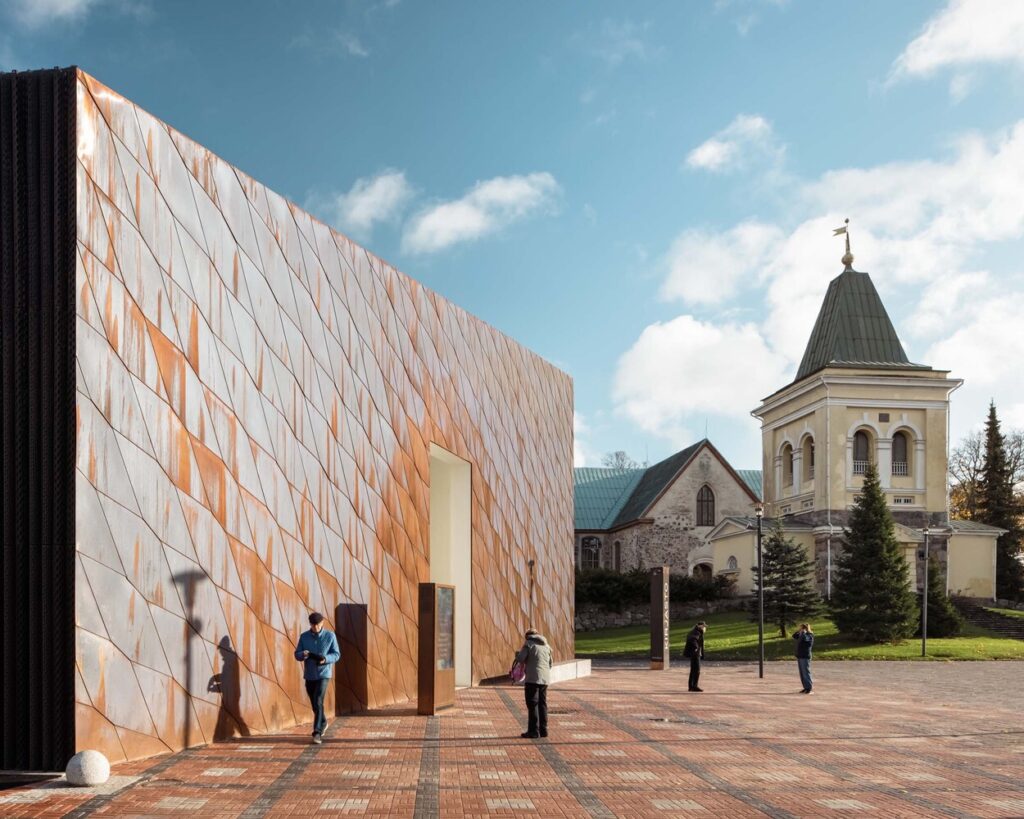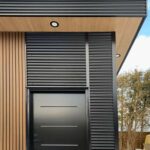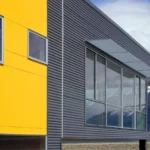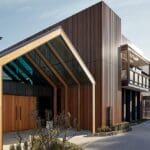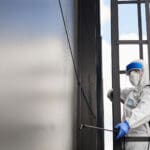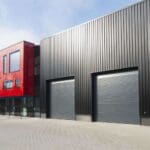In the age of environmental consciousness, the construction industry is undergoing a transformative shift towards sustainable practices. Cladding, an integral part of building exteriors, is no exception to this green revolution. This blog unveils a diverse array of eco-friendly cladding options that not only enhance the aesthetic appeal of structures but also contribute to a more sustainable and resilient built environment.
1. Timber: Nature’s Gift of Sustainability – Eco-Friendly Cladding:
Timber cladding stands as a timeless embodiment of eco-friendliness. Sourced from renewable forests, timber offers a natural warmth that complements various architectural styles. Its minimal carbon footprint and biodegradability make it an attractive choice for those committed to reducing environmental impact.
2. Recycled Materials: Breathing New Life into Design:
Cladding crafted from recycled materials, such as reclaimed wood, salvaged metal, or repurposed glass, embodies resourcefulness. These materials divert waste from landfills and breathe new life into old elements, creating distinct textures and character that tell a story of sustainability.
3. Natural Stone: A Testament to Enduring Beauty:
Natural stone cladding not only exudes timeless elegance but also underscores sustainability. Quarried locally, it requires minimal processing and possesses a long life cycle. Its thermal properties contribute to energy efficiency, while the material’s durability reduces the need for replacements.
4. Hempcrete: The Power of Plant-Based Innovation:
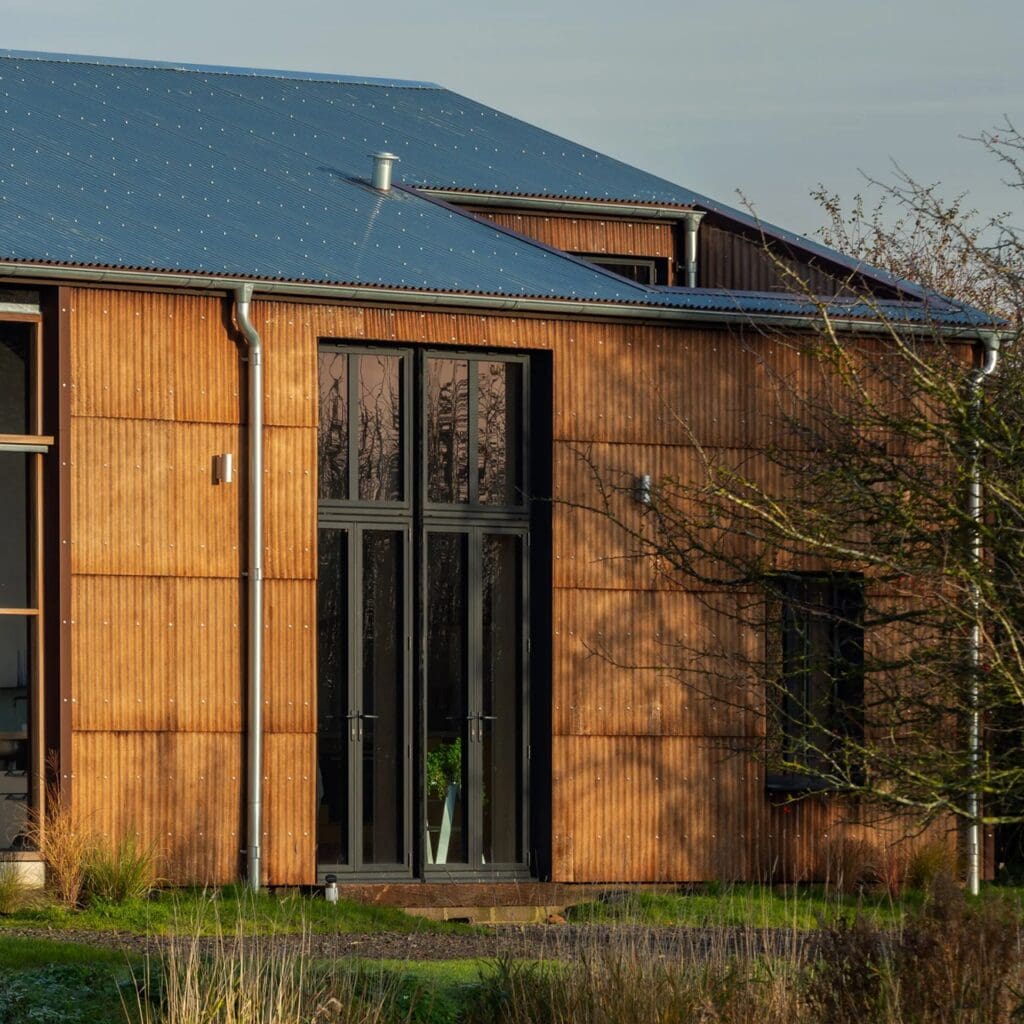
Hempcrete, a blend of hemp fibers and lime binder, represents the future of sustainable construction. Lightweight and highly insulating, hempcrete has a negative carbon footprint, as hemp sequesters more carbon during growth than is emitted during production. Its breathability and thermal efficiency make it a rising star in eco-friendly cladding.
5. Cork: Nature’s Acoustic and Thermal Ally:
Cork cladding offers an intriguing fusion of sustainability and functionality. Harvested from the bark of cork oak trees, it regenerates naturally, rendering it a renewable resource. Its thermal and acoustic insulating properties enhance energy efficiency and indoor comfort, while its unique texture adds a distinctive touch to building exteriors.
6. Metal with Low Embodied Energy:
Opting for metal cladding with low embodied energy, such as aluminum or steel produced using recycled content, aligns with sustainable principles. These metals require less energy during production, reducing their environmental impact. Additionally, metal cladding’s durability ensures longevity, further contributing to sustainability.
7. Green Living Walls: A Flourishing Fusion:
Green living walls, also known as vertical gardens, fuse architecture and nature harmoniously. Comprising plants that absorb pollutants and release oxygen, these living claddings contribute to improved air quality. They provide insulation, reduce the urban heat island effect, and serve as a stunning testament to the marriage of aesthetics and sustainability.
8. Bio-based Composites: The Future of Cladding:
Bio-based composites, derived from natural fibers and bio-resins, exemplify the innovation driving sustainable cladding. These materials offer strength, durability, and versatility while significantly reducing the carbon footprint associated with traditional materials. Their potential to revolutionize cladding while minimizing environmental impact is promising.
9. Photovoltaic Cladding: Energy Harvesting Marvel:
Photovoltaic cladding integrates solar panels into the building envelope, enabling energy harvesting from sunlight. This innovative cladding solution not only generates renewable energy but also adds a futuristic flair to architectural designs, making sustainability a tangible aspect of the building’s appearance.
10. Porous Clay Tiles: Ancient Wisdom Meets Modern Sustainability:
Porous clay tiles, reminiscent of traditional craftsmanship, exemplify the marriage of ancient wisdom and modern sustainability. These tiles, often created using minimal energy, contribute to temperature regulation through their natural insulation properties. Their permeability aids in rainwater management, reducing runoff and promoting water conservation.

What is the most eco-friendly cladding?
Composite cladding is generally considered to be the most eco-friendly option when it comes to cladding, due in part to what it is made from. Composite cladding is made from a mixture of recycled materials such as recycled wood fibres, recycled plastic, some bonding agents, and some colourants.
What is the most energy efficient cladding?
Aluminum cladding is quite a popular choice because of its high quality. This energy-efficient cladding is ideal for long-term use on the front faces of buildings because of its energy efficiency properties. Aluminum Composite Panels (ACM) are common cladding materials utilized in modern construction projects.
What is the most eco-friendly insulation material?
Cellulose insulation
As far as green insulation goes, this is one of the most sustainable choices, since it’s mostly recycled newspaper. It’s affordable and highly resistant to air leaks, making it an effective insulator.
What is the lowest maintenance cladding?
Composite cladding is your ideal low maintenance cladding solution. Its’ composite structure means that it doesn’t warp or rot and never requires sanding, painting, treating or varnishing.
Conclusion:
Eco-friendly cladding options are the bridge between architectural innovation and sustainable stewardship. From timber’s natural charm to cutting-edge bio-based composites, each option has a distinct role in shaping the future of construction. As the world seeks to minimize its ecological footprint, the choices we make in cladding not only impact the buildings we inhabit but also echo the commitment to nurturing the planet for generations to come.

